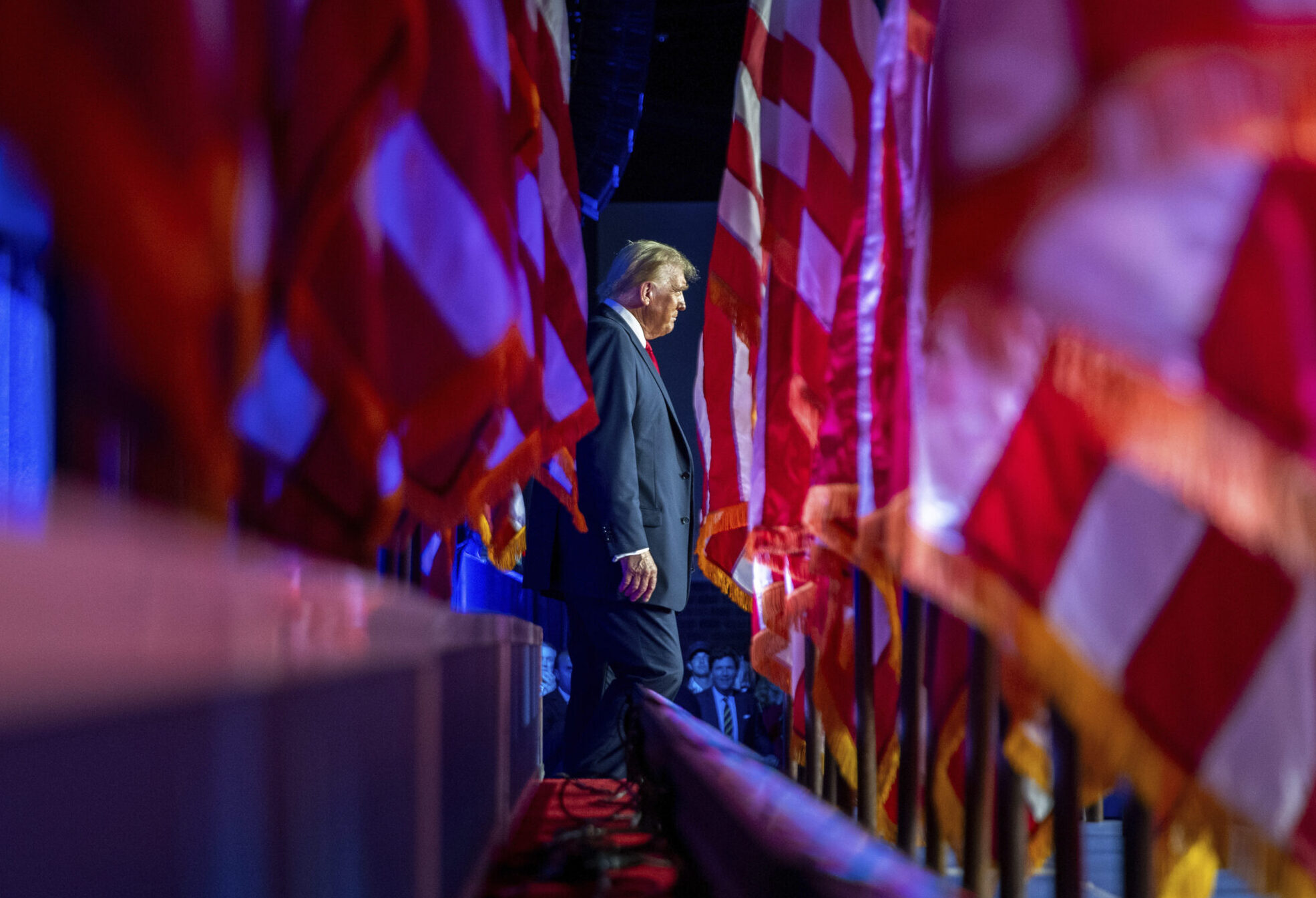In the landscape of American politics, economic policy often serves as a cornerstone for voter decision-making. As former President Donald Trump prepares for a return to the political stage, his economic promises are once again a focal point of public discourse. The American electorate remains divided, with some citizens hopeful about a revival of his economic strategies, while others express caution.
Trump’s initial tenure saw significant changes in economic policies that his supporters credit for strong job growth and a booming stock market. His approach, characterized by tax cuts and deregulation, aimed to stimulate business investment and consumer spending. These measures were lauded by many in the business community, who argue that such policies foster a more conducive environment for economic expansion.
However, critics of Trump’s economic policies argue that the benefits were unevenly distributed, with wealthier individuals and corporations receiving the lion’s share of the gains. They point to increased deficits and concerns about long-term fiscal sustainability as potential drawbacks. This debate over the efficacy and fairness of Trump’s economic strategies continues to be a point of contention among policymakers and economists.
Trump has hinted at doubling down on his previous economic agenda. He promises to bring back manufacturing jobs, renegotiate trade deals, and further cut taxes. These proposals resonate with a segment of the population that feels left behind by globalization and technological advancements.
The promise of bringing manufacturing jobs back to American soil is particularly appealing to workers in the Rust Belt, where deindustrialization has led to significant economic hardships. Trump’s rhetoric on trade and tariffs aims to protect American industries from foreign competition, a stance that garnered him considerable support in previous elections.
While Trump’s trade policies have been popular among certain demographics, they have also faced criticism for potentially escalating trade tensions with key partners. Economists warn that such measures could lead to retaliatory tariffs, which might harm American exporters and consumers. The balance between protecting domestic industries and maintaining healthy international trade relations remains a delicate one.
Tax reform is another critical aspect of Trump’s economic promises. His previous tax cuts were heralded by proponents as a means to spur economic growth, but detractors argue they disproportionately benefited the wealthy. As Trump proposes further tax reductions, the debate over their long-term impact on income inequality and government revenue persists.
Deregulation is often cited as a hallmark of Trump’s economic policy, with advocates claiming it reduces bureaucratic red tape and stimulates business innovation. However, opponents caution that excessive deregulation may compromise environmental standards and consumer protections. The challenge lies in finding a regulatory balance that promotes economic growth without sacrificing essential safeguards.
The potential impacts of Trump’s economic promises on the U.S. labor market are a topic of significant interest. Supporters believe that his policies will create more jobs and increase wages, while critics fear that the benefits may not reach the broader workforce. The question of how to ensure inclusive economic growth remains a pressing concern.
Infrastructure investment has also been highlighted as a key component of Trump’s economic vision. He advocates for substantial spending on roads, bridges, and other critical infrastructure to stimulate job creation and improve national competitiveness. However, the funding mechanisms for such projects and their fiscal implications are subjects of ongoing debate.
With his energy policy, Trump has championed the expansion of fossil fuel production as a means to achieve energy independence and economic growth. This stance is contentious, with environmental advocates warning of potential ecological consequences. The tension between economic development and environmental stewardship continues to be a significant policy challenge.
Monetary policy under Trump’s administration was marked by a complex relationship with the Federal Reserve. Trump’s public criticisms of interest rate decisions raised questions about the independence of the central bank. As he seeks to shape future economic policy, the dynamics between political leadership and monetary authorities remain a critical consideration.
The COVID-19 pandemic brought unforeseen challenges to Trump’s economic legacy, with debates over the effectiveness of his administration’s response still ongoing. The pandemic’s impact on employment, supply chains, and public health has reshaped economic priorities, influencing how voters perceive Trump’s promises in a post-pandemic context.
Public opinion on Trump’s economic promises is deeply polarized, reflecting broader political divides. Supporters see his policies as a pathway to renewed prosperity, while opponents worry about potential negative consequences. This polarization underscores the complexities of crafting economic policy in a diverse and divided nation.
As Americans weighed Trump’s economic promises against Kamala Harris’, the outcome ultimately hinged on various factors, including economic performance, public sentiment, and geopolitical developments. The interplay of these elements will shape the nation’s economic trajectory in the years to come.
The debate over Trump’s economic promises highlights the broader challenge of achieving sustainable and inclusive growth. As Americans seek change and consider their options, the quest for economic policies that balance growth, equity, and stability remains at the forefront of the national agenda.

